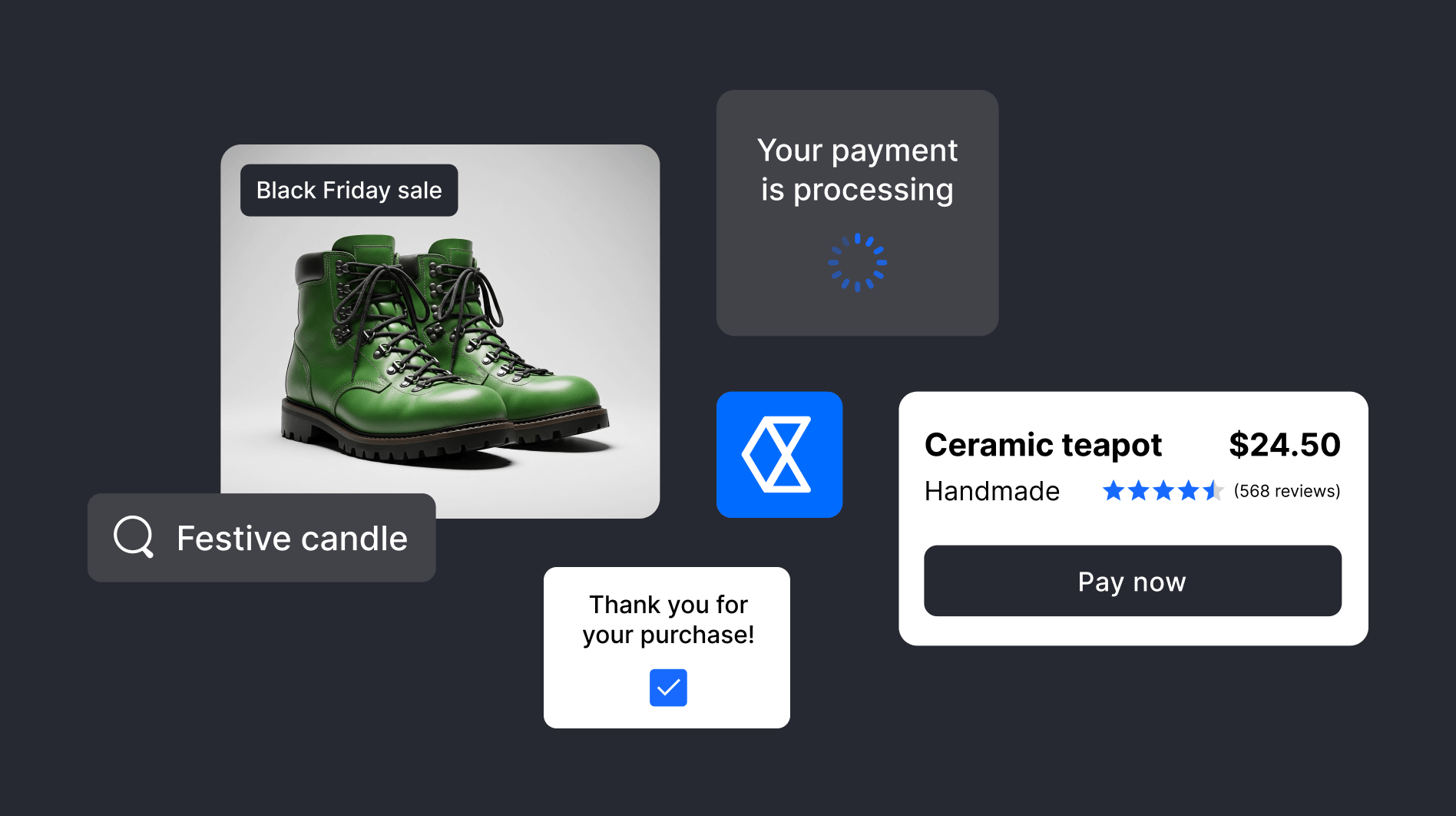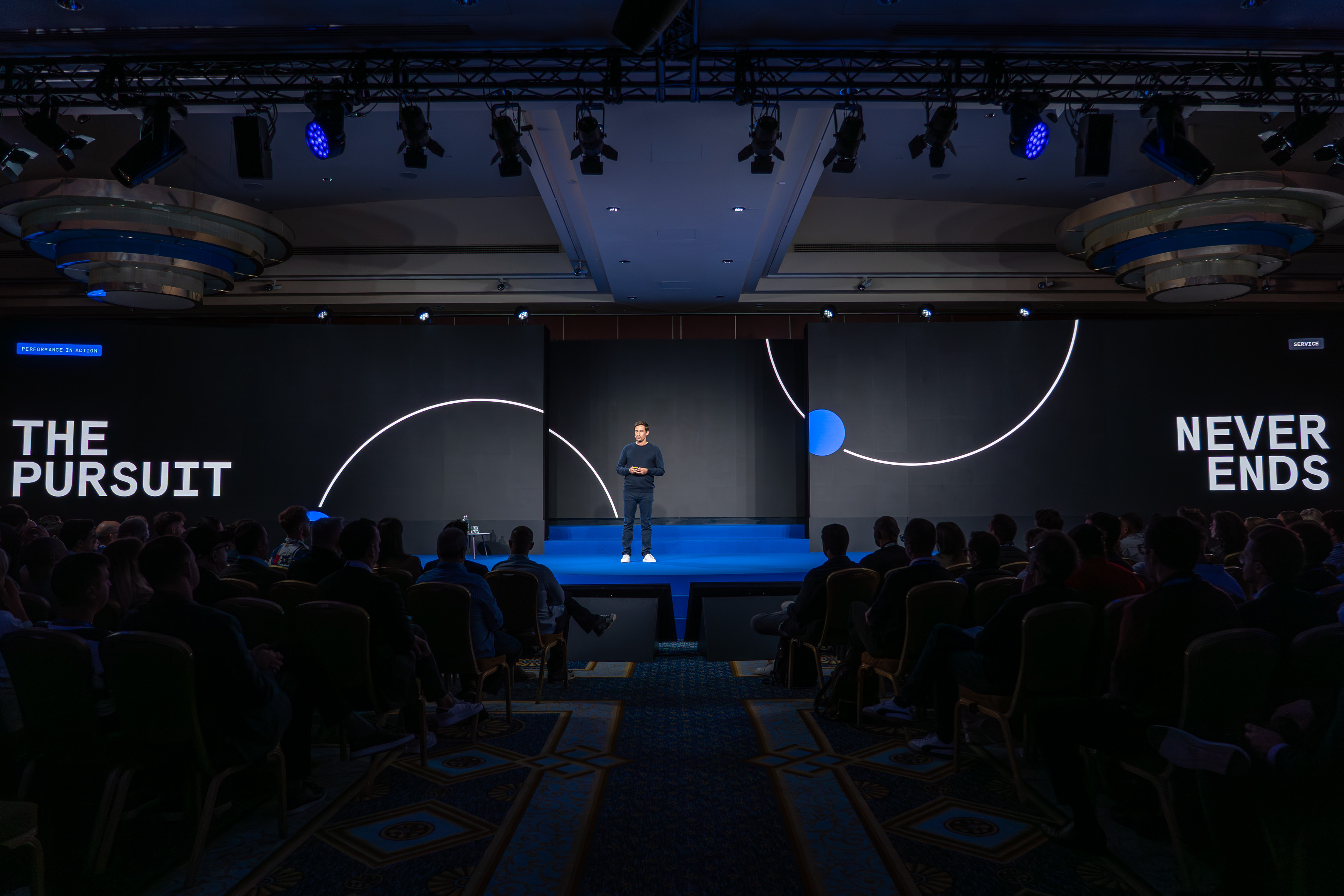These days, it’s common to adopt a mix of payment processors, instead of relying on just one. At the same time, disguising your customer’s payment details – in a process known as tokenization – is vital to safe and secure transaction processing. Tokenization is so important that more than half (57%) of senior payment professionals believe it’s currently the most influential technology in the payments industry.
When implementing tokenization, one challenge you’ll face is to design your customer credential storage and management structure. This is no simple task when you’re working across different payment service providers (PSPs). Tokens are stored in a vault – yet you may find yourself using multiple vaults. Furthermore, you must connect these credentials to the rest of your payment processing systems.
You can use the Checkout.com Forward API to retrieve tokens stored in a vault and transfer them to third-party services. This can be an important piece of the puzzle when building your secure payments stack using custom-built integrations.
On the other hand, you can use a payment orchestration platform (POP) to dynamically process payments using static routing or artificial intelligence. A POP usually comes with tokenization and vaulting services included. This means you can decide to connect your own externally-stored tokens, or create new customer credentials for use within the POP.
How to address the challenges of tokenized payment management
Using tokens in payments is becoming increasingly common – 67% of global online merchants are now using at least one of either gateway tokens or network tokens.
Even though tokenization helps payments to flow more smoothly – which is especially useful for card-on-file transactions – it quickly becomes complicated to manage different tokens in different places.
Centralizing your token management is a critical step towards streamlining your payment processes. And yet, attempting to centralize your tokenized payments gives rise to several salient challenges:
- Increasing cost of compliance management, as regulations and mandates expand and evolve over time. There is a serious risk of reputational damage and financial impact for those who fall short of compliance standards.
- Balancing technologies and data requirements of multiple payment service providers can become complicated, particularly when each one stores payment credentials for identical customers using different reference IDs.
- Knowing whether to choose a build or buy solution. When you’re choosing a token management approach, you need to consider how much in-house resource you have. You’ll need differing levels of human resources and expertise to integrate and maintain the software solution you choose.
We can see that deepening complexity and mounting costs are top concerns. Yet the modern consumer’s expectation of “seamless commerce” – one of three major trends affecting the payments industry – remains. Perhaps you’ve heard about the possibility of token management using the Forward API or a POP, but aren’t sure which is best for you.
To help you decide between the Forward API and payment orchestration software, we’ll quickly recap the definitions and capabilities of both. Then we’ll explain which type of business each one is best suited to.
What is the Forward API and what does it do?
The Forward API allows you to request a payment instrument or token from the Checkout.com Vault and send it to a third-party service provider. In essence, it allows you to request and forward stored credentials to use externally. An example use case could be to access a customer’s payment data and send it along with a payment request to a third-party authentication solution.
Example: Request a credential from the Vault with Forward API
Here’s a more detailed look at the process for retrieving stored customer data from the Checkout.com Vault, and forwarding it:
- The merchant sends a forward request which contains a reference to the tokenized data.
- The Forward API uses this reference to decrypt the tokenized data from the Vault. It then combines the decrypted data (i.e. raw card information) and securely sends it to the destination (endpoint).
- The endpoint responds to the request. Checkout.com ensures sensitive data is not visible in that response.
This entire process is PCI-compliant, so long as your endpoint also meets PCI compliance standards.
What’s the difference between a Forward API and payment orchestration layer?
Although the two solutions overlap in the pain points they aim to address, they are actually very different options. Rarely will either option suit the same merchant.
Here’s a quick comparison of the differences:
Each tool serves a distinct purpose; the Forward API pushes payment credentials out of a payment vault and on to a third party (such as another processor/acquirer, fraud detection tool or 3DS provider) for further processing. By contrast, a payment orchestration software carries out the full end-to-end payment management process using dynamic routing for maximum efficiency and cost effectiveness. The two solutions, therefore, differ greatly in scope and function.
Therefore, the most suitable option for you depends heavily on the maturity of your payments function, and your specific use cases.
How to choose between Forward API versus payment orchestration
Broadly speaking, whether or not to use a payment orchestration layer or Forward API depends on the maturity of the payments function within your business.
Size of your in-house payments team
Payment orchestration is suitable for businesses that need to scale rapidly, and enter new markets or meet changing customer demand at pace. Therefore, a smaller payment operations team could handle the workload of a POP, as most of the work is done at the initial integration stage. To make the most of the POP’s customization capabilities, you’ll need experienced and technically capable payments specialists on your team. However, you can also use a POP as a plug-and-play solution if you have less of an appetite for custom payment routing.
A Forward API, used to port tokenized customer data from a payment vault to external services, requires ongoing integration and maintenance work. Therefore, you need a dedicated in-house engineering team to cope with the level of work needed.
Frequency of adding new PSPs
Another key difference is the frequency with which you intend to introduce new payment service providers or payment gateways. A POP is designed to easily add new PSPs into your payment stack, reducing the time and effort needed compared with manual integration (which you would need for the Forward API route).
If you have between one and three PSPs, then Forward API is a good solution.
If you have four or more PSPs (or intend to scale up quickly, and add several new PSP integrations within a year), then payment orchestration may suit you better.
Frequency of adding new payment methods
If you’re willing to build individual integrations for each new payment method, then Forward API is more likely to be your favored solution. This could suit your business better if you’re only looking to introduce a new payment method once per year, or even less often.
To add new payment methods more rapidly, you may wish to look into payment orchestration. If you plan to switch on, say, four or five new payment methods within a year, then a payment orchestration platform could be a better fit.
If adding new payment methods is your main goal, rather than token management, then you could look into using Flow on your checkout page. It’s a low-code solution to adding new ways for your customers to pay you online. Flow can carry out tokenized payments, however, it is not a token management solution in the same way as Forward API and payment orchestration platforms.
Want some help deciding how to manage tokenized payment data?
Our payments experts can advise you on the payment management options you’ll benefit from the most. If you’d like to know more about payment orchestration, the Checkout.com Vault or Forward API, then feel free to get in touch.
You can read our Store and manage credentials documentation to see what you need for the compliant creation, storage, enrichment, retrieval, and forwarding of tokenized customer payment data.






%20(1).png)









.png)